Analyzing Communication Theories, Models, and Principles in Education
VerifiedAdded on 2023/03/22
|7
|622
|24
Essay
AI Summary
This essay provides an analysis of communication theories, models, and principles relevant to education. It discusses theories such as the semiotic theory, where teacher feedback is crucial for evaluating teaching effectiveness, and the process theory, which lacks feedback mechanisms. The essay also explores communication models including Aristotle's model, focusing on adapting communication methods to student learning styles; Lasswell's model, emphasizing smooth communication; Shannon and Weaver's model, addressing communication challenges; and Charles Osgood's model, highlighting the importance of teacher-student relationships. Key communication principles such as understanding the topic, effective teaching methods, assessments, and a code of conduct are also examined. The document concludes with a list of references used in the analysis.
1 out of 7
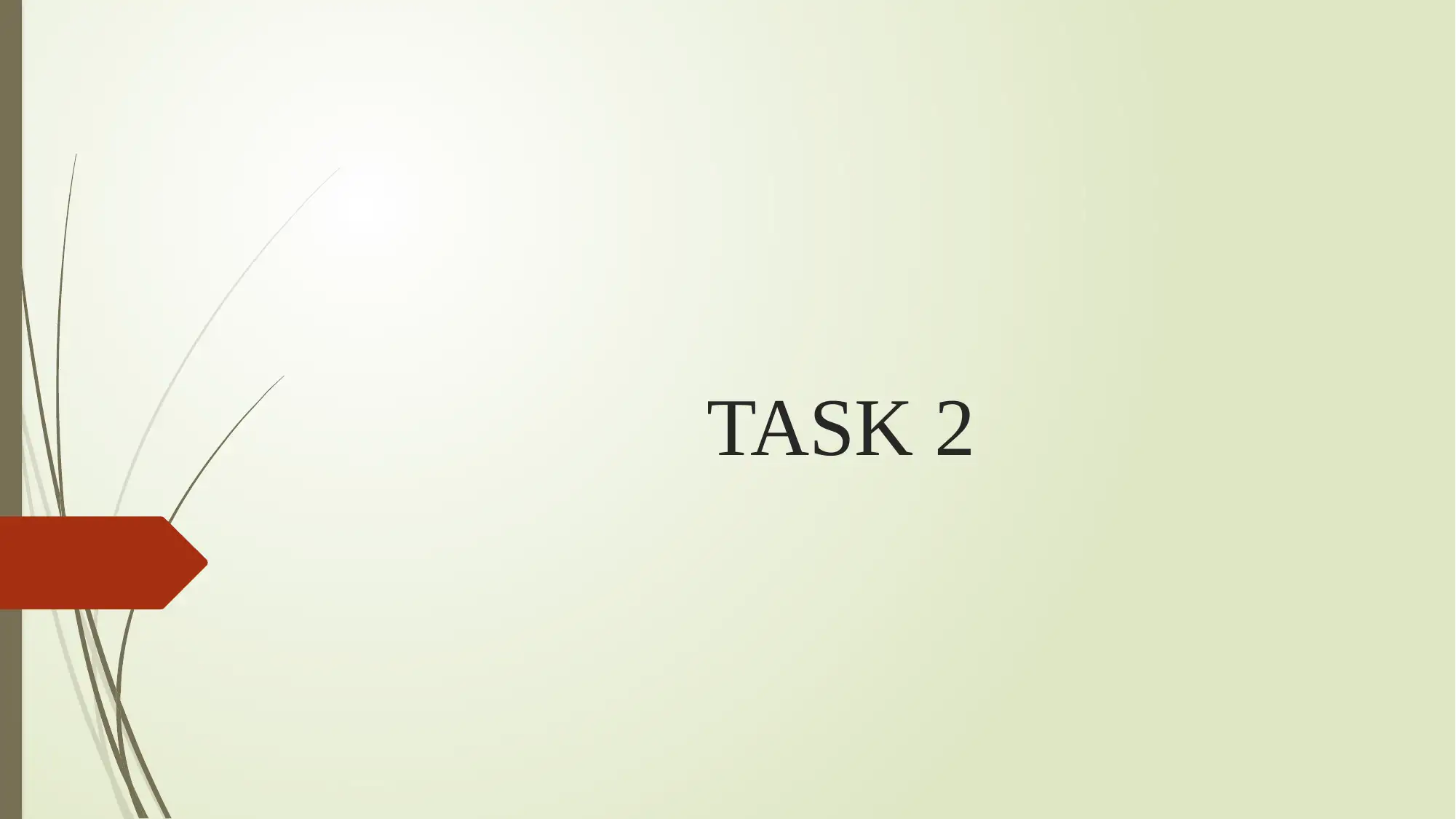
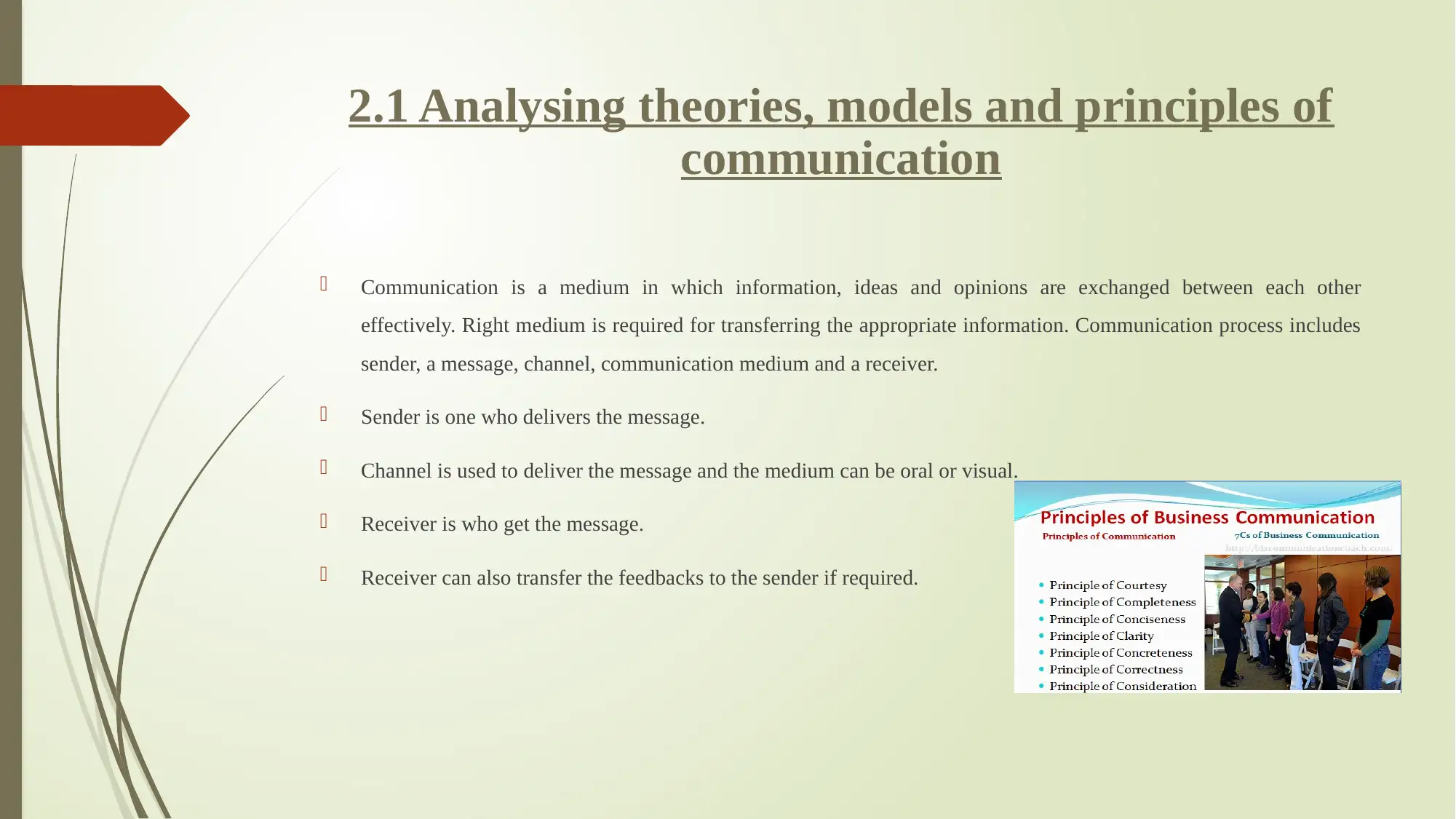
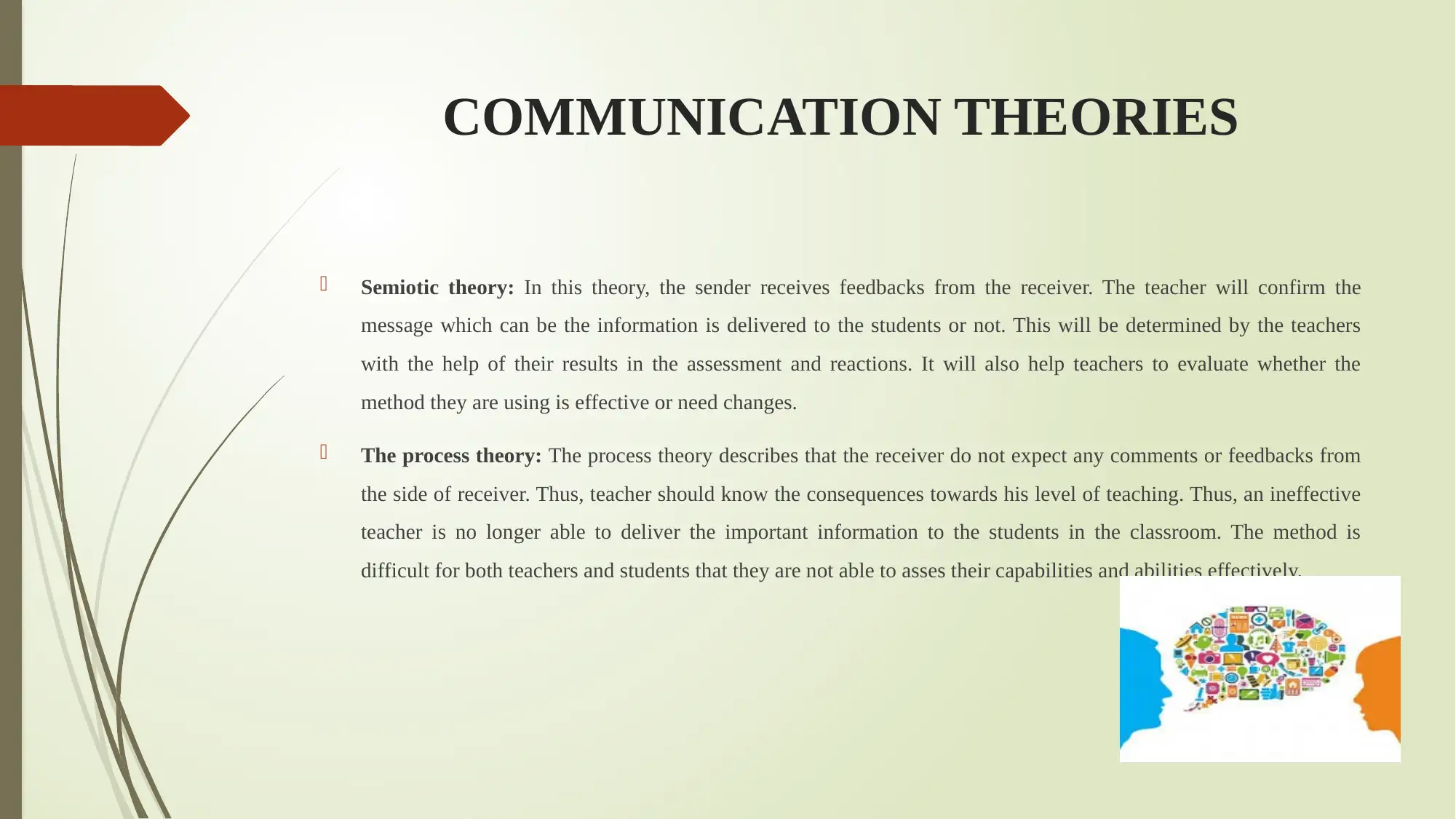

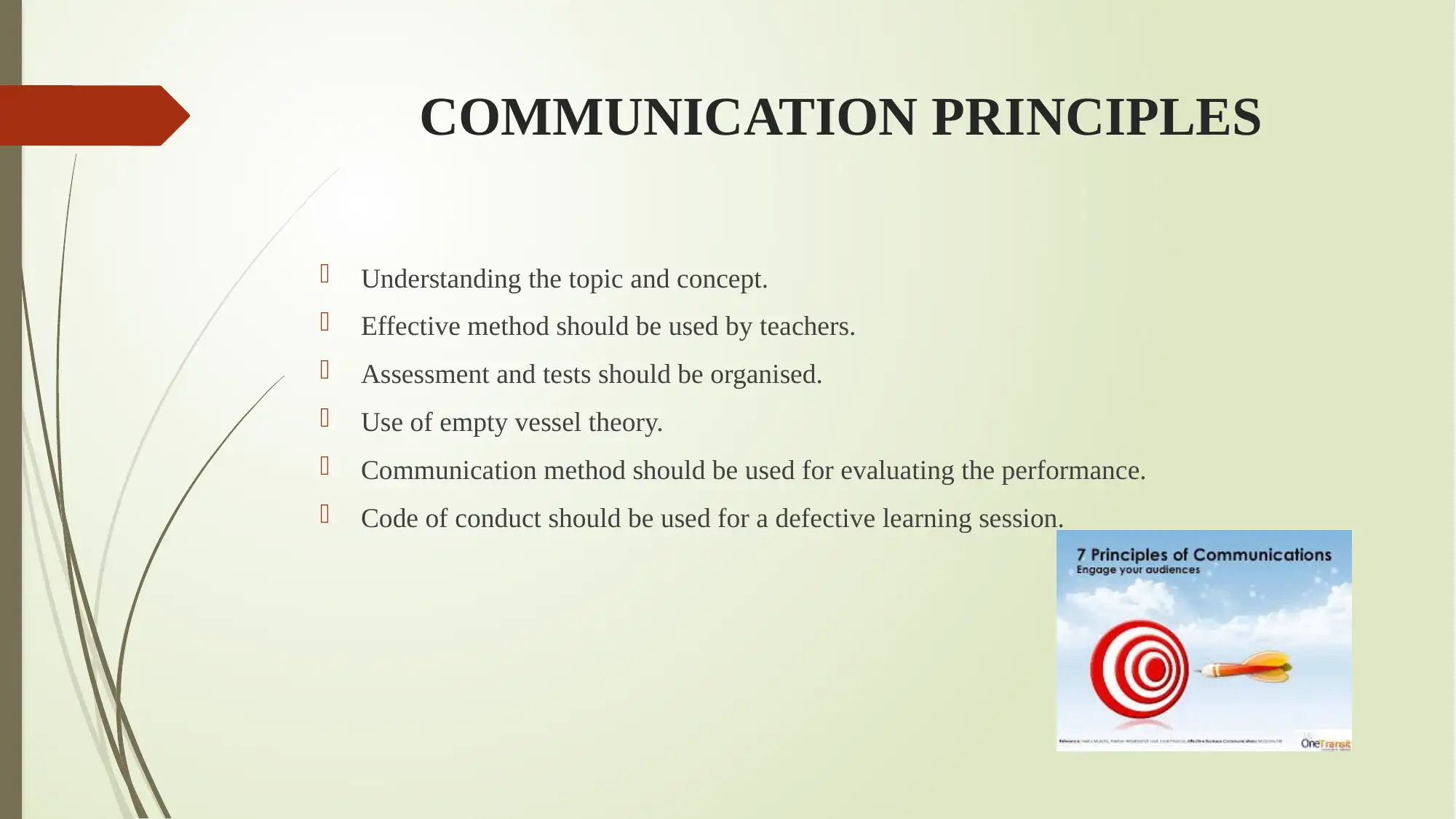
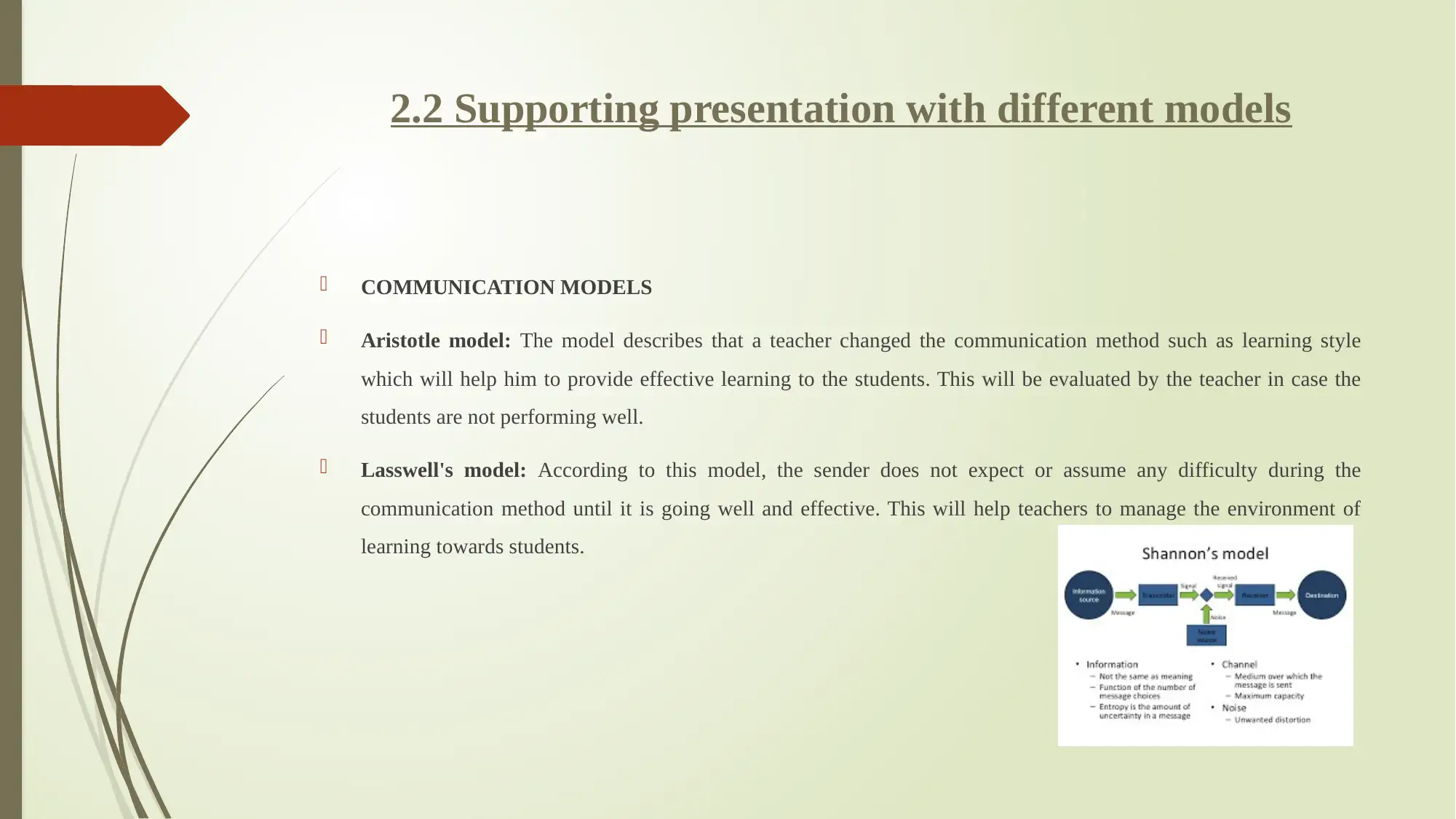
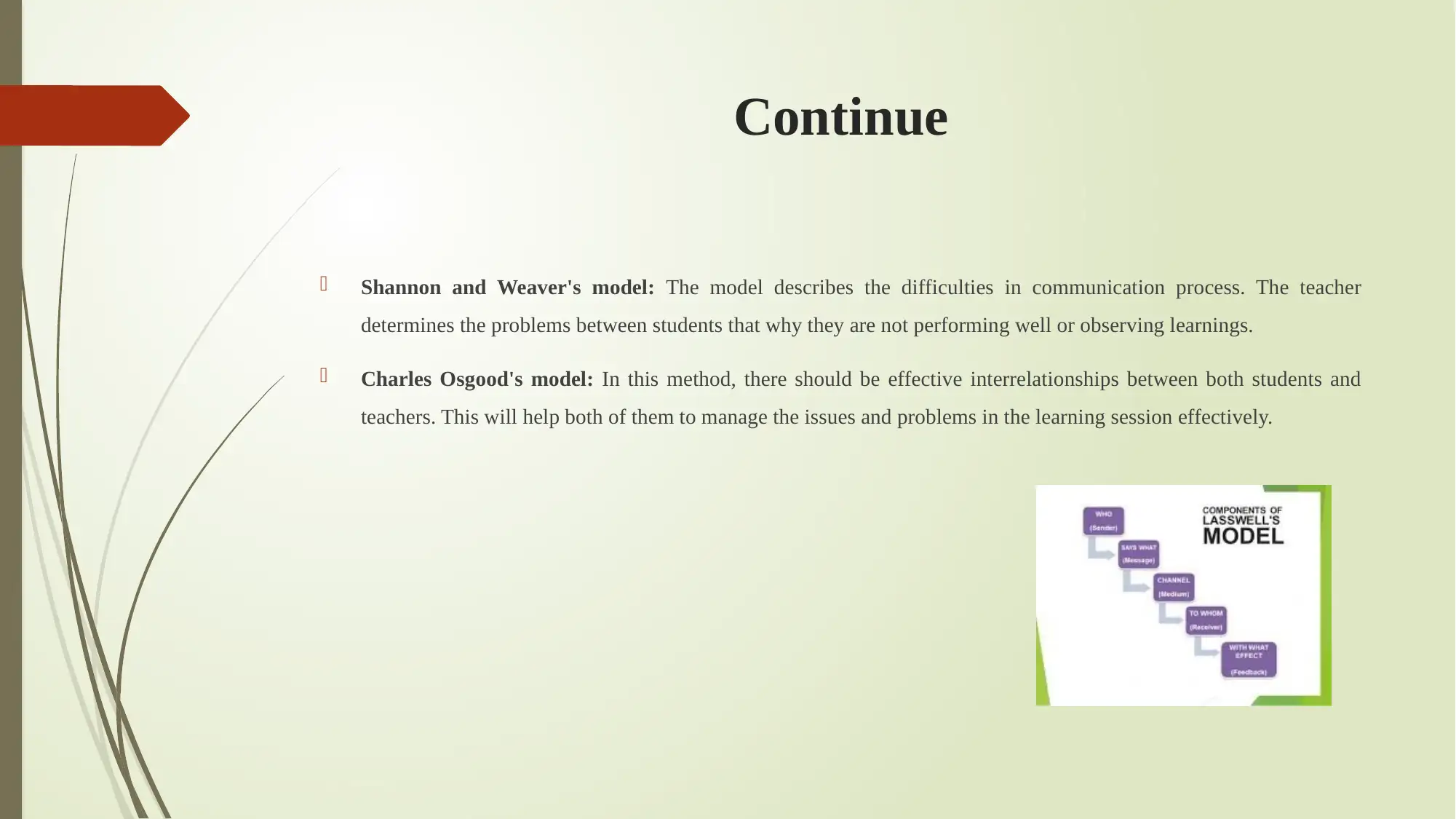
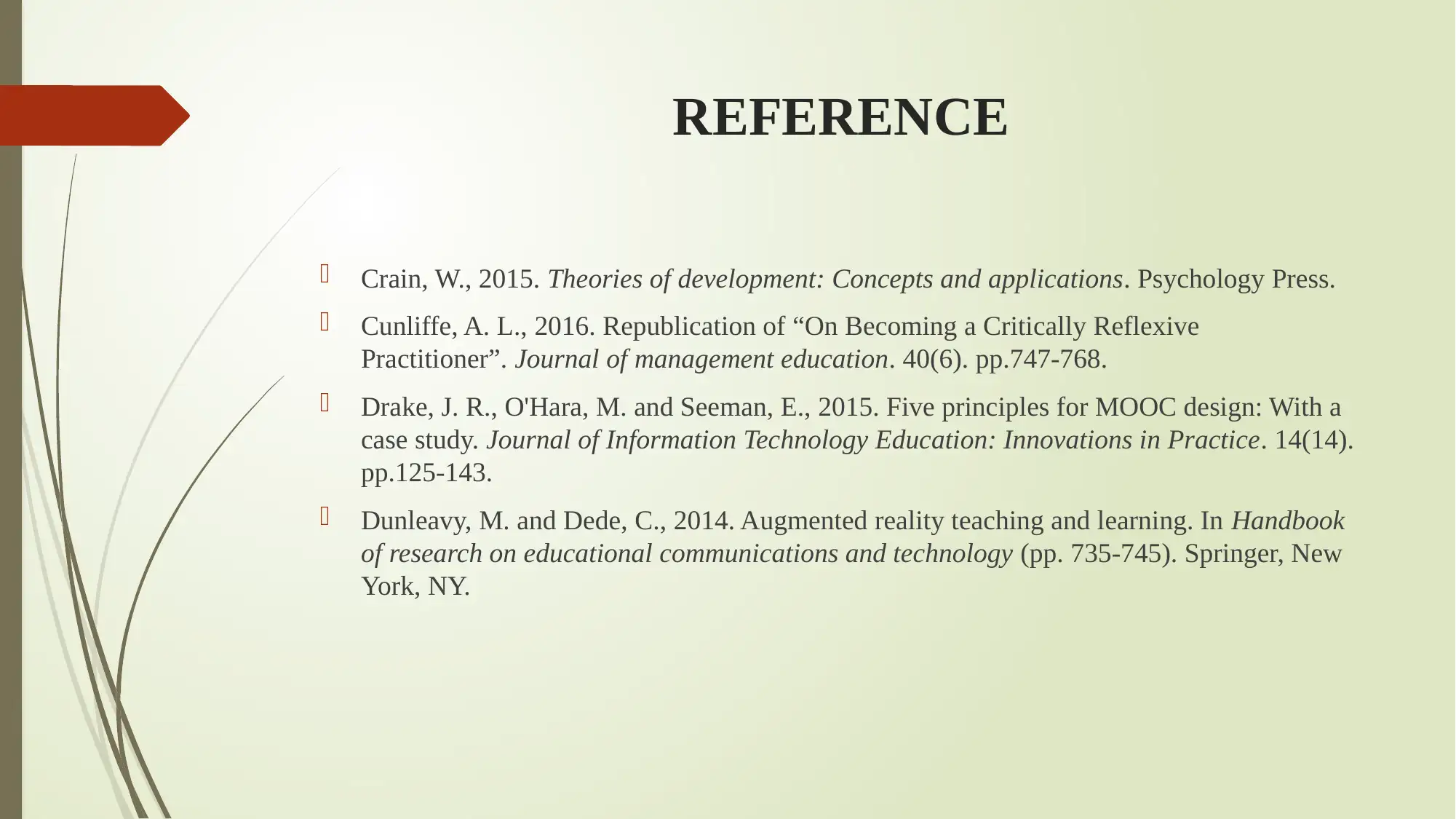



![[object Object]](/_next/static/media/star-bottom.7253800d.svg)